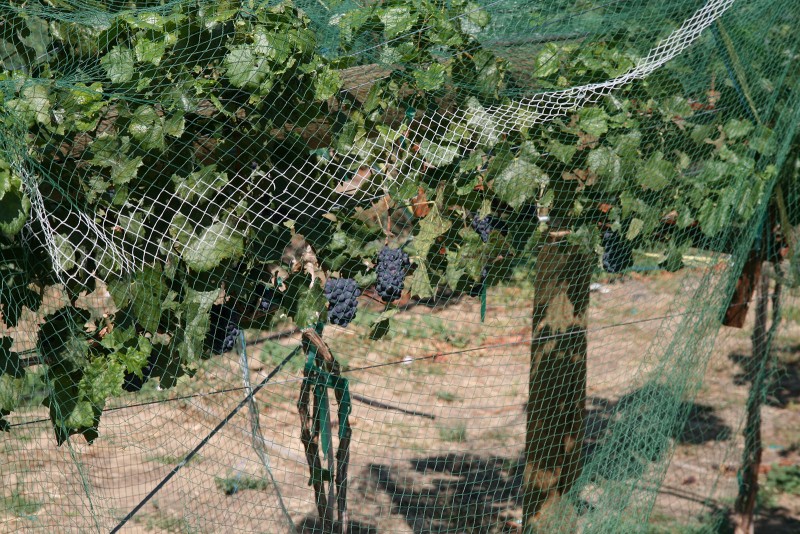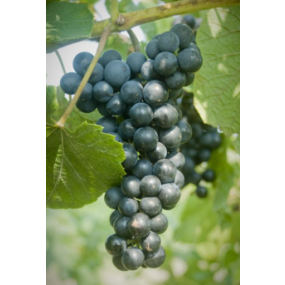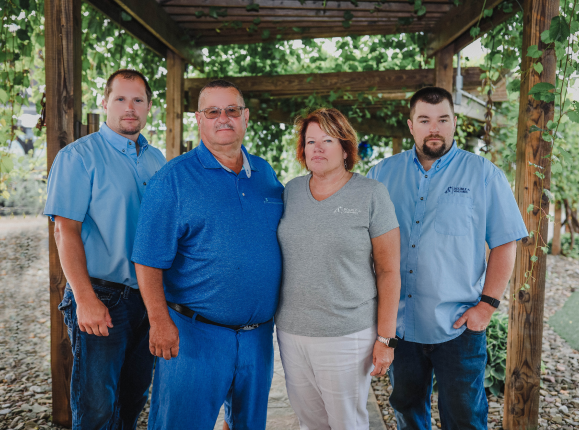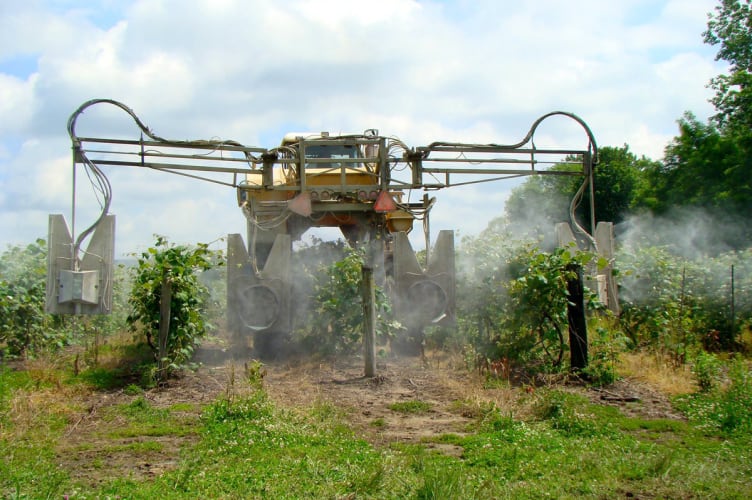Minimizing Bird Damage in your Vineyards

Rick Dunst, Viticulturist, Double A Vineyards, Inc.
After successfully managing a crop to within weeks or even days of harvest, few things can be as frustrating as fruit damaged by birds and other pests. In addition to direct loss of fruit, bird-damaged fruit is also more susceptible to various fruit rots that can cause off-flavors and other defects in wine. This article will summarize a few practices that can reduce bird-damaged fruit in vineyards.
SOUND DEVICE
There are two main types of sound devices used to deter bird feeding: “gunshot” sound can be used to give unexpected sound blasts that cause birds to scatter. They can also serve as a source of strife between grape growers and their neighbors, so they are generally used only in more rural settings. Bird scare devices, such as BirdGard®, produce electronic sounds that mimic bird distress calls and/or calls of predatory birds and are generally considered less annoying to neighbors than sound blasts. The keys to successful use of electronic sound devices include placing the devices before, or at the initiation of, bird feeding; changing the pattern, frequency, and specific calls being used every few days; and changing the position of the device in the vineyard. Birds tend to habituate to noises over time, so making the noises less predictable can increase their effectiveness.
VISUAL DETERRENTS
Visual deterrents take the form of reflective tape, aluminum pie plates, and artificial predatory animals. In our experience, reflective tape has been an effective technique, especially when growers saturate an area by tying the tape overhead, on gaps in the trellis, and to a perimeter wire.
PHYSICAL BARRIER
When all else fails, bird netting is often the best solution, but it may require a fair amount of labor to install. Depending on pressure, birds can feed through the netting, or find gaps at seams or under the trellis. Typical bird netting is applied either by hand (three people are needed) or with tractor-mounted applicators. Side netting for vertical shoot positioned (VSP) trained vineyards is available, as is overhead netting that is draped over the trellis and fastened underneath.
Double A Vineyards sells AviGard® overhead bird netting that has proven to be effective in our experience. AviGard® netting is ¾” mesh made from high density polyethylene rip-stop yarn.
USING AN INTEGRATED APPROACH TO BIRD CONTROL
One method of bird deterrent may only be effective for a short period of time. Use a combination of methods such as visual deterrents and sound devices. Create unexpected noises by changing distress calls every few days, and by repositioning them at different positions in and around the vineyard. Under conditions of high bird predation, netting may be necessary to save the crop.
For more information about reducing bird and other wildlife damage in grapes, refer to Chapter 7 in the Midwest Small Fruit Pest Management Handbook. https://extensionpubs.osu.edu/midwest-small-fruit-pest-management-handbook-pdf/














